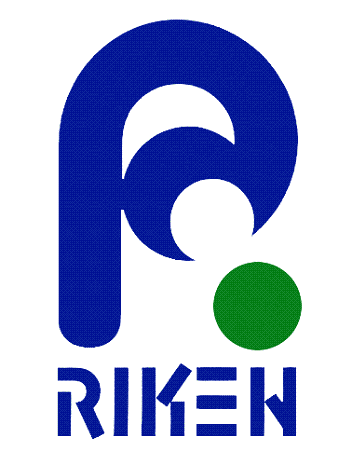In March of 2014, the scientific community was rocked by a scandal at the prominent Riken Institute in Japan involving the plagiarism and eventual retraction of some very promising research into stem cells.
The institute had published findings by Haruko Obokata, a scientist who worked at the institute and claimed to have discovered a new way to produce stem cells that showed new promise for stem cell treatments.
Though the findings appeared in the prominent journal Nature and drew a great deal of publicity, almost immediately after their publication questions began to arise about the research, including allegations of plagiarism. By July, Nature had retracted the piece and, by September, the journal had confirmed that other laboratories were unable to replicate the work.
The immediate impact of the fraud was wasted time, publication space and attention of researchers, all of which would have been better spent reporting on and following up on legitimate advances. The financial impact, however, were unclear.
But now the Riken has come forward and outlined just how much money was spent both on the research itself and the following investigation, an amount that totals nearly $1.5 million.
According to Riken, the institute spend ¥53.2 million ($434,000) on the research itself, which including ¥22.8 million ($186,000) for research goods and some ¥16.3 million ($133,000) for personnel costs. However, Riken also spent ¥91.7 million ($749,000) on the investigation, which included a panel that investigation the alleged misconduct.
The information is interesting because, when discussing the costs of plagiarism and scientific misconduct, studies tend to focus on the cost of grants falsely awarded and other monies wasted on the research itself.
However, as the Riken case shows, investigating misconduct cases is not without expense. It involves bringing in outside experts that have to spend a great deal of time pouring over all of the evidence available as well as interviewing those involved. As in the Riken case, this amount can easily exceed the cost of the grant itself.
This puts more focus than ever on early plagiarism detection and prevention. The earlier that misconduct is caught, the less expensive it is to deal with. Not only does early detection avoid public scandals and retractions, but there will be less evidence to sift through and any investigation will be able to reach a conclusion more swiftly.
Unfortunately though, stories like Riken’s are not uncommon. Many journals, universities and research organizations have been put in the difficult situation of spending limited funding and time to investigate cases of research fraud.
So while efforts to detect and stop misconduct early are an expense unto themselves, they are far less costly than the alternative, which, in the case of Riken, involved a drawn-out public scandal and nearly three-quarters of a million dollars spent finding out what happened.
The opinions expressed in this article are those of the author, Jonathan Bailey of Plagiarism Today, and do not reflect the opinions of iThenticate.
